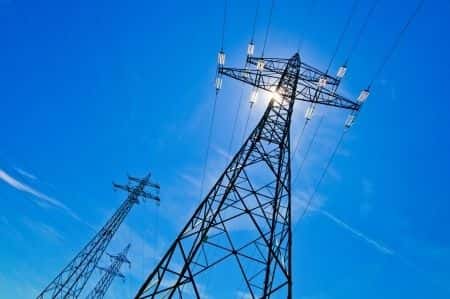Decedent was an engineering intern who was completing an inspection and documentation of traffic control devices at an intersection in a Tennessee. He was maneuvering the bucket of a telescopic aerial man-lift manufactured by the defendants, when his upper back accidentally contacted a high voltage power line. He was electrocuted. The lift did not have any kind of electric field or high-voltage proximity sensing and/or warning devices. It also did not have an insulated boom to protect him after his contact with the high voltage power line.
His mother filed a products liability action against the manufacturer of the lift.
Question(s) For Expert Witness
Was the lift safe? What design features was it lacking? Would adding the safety features have been cost-effective?
Expert Witness Response
Based upon my knowledge of industrial and construction machinery safety and design practices in general, and man-lift and crane machinery, in particular (including the theory, history and capabilities of proximity warning devices for high voltage transmission lines), and based upon my education, background and experience, the following summarizes my professional opinions on the improper, inadequate, defective and unreasonably dangerous design of subject lift.
The lift was defective:
A. In failing to provide an integral high-voltage proximity warning system for the bucket of the man-lift, which would sense dangerous electric field strengths around the occupant of the bucket, provide both a visual and audible alarm to the operator of the impending danger, and automatically stop motion of the bucket if the proximity reading exceeded critical levels.
As documented by various agencies over the years, working near high voltage lines in non-insulated aerial man-lifts has resulted in numerous fatal and near-fatal electrocution accidents, despite the many warnings, behavioral instructions, assignment of responsibilities to various participants, and training programs espoused by the standards associations, OSHA, NIOSH, and the manufacturers of the equipment. All of these, from the safe product and machine designer's perspective, fall into the least-effective category of reducing the risk of injury from a product hazard: warnings and instructions. The reason is that all humans have limitations which prevent them from being perfect all the time, particularly when they are multi-tasking in a hazardous environment.
The practical and economical technology of sensing electric field intensity (and direction of increasing field intensity) has existed for well over 30 years. The defendant patented a novel high voltage proximity detection system in 2001. Other commercial high-voltage proximity warning systems have existed for well over 25 years. Thus it is incomprehensible to me, as an educator and designer, that the defendant has completely skipped and by-passed the known and effective design options for vastly reducing and practically eliminating the high voltage line hazard in the design of this lift. Incorporating such devices on the lift could be done at a nominal cost and would not impair the usefulness or utility of the product, while vastly enhancing its safety.
The expert is a licensed Professional Engineer who taught mechanical engineering for nearly 40 years and has been involved in safety design for numerous products.
About the author
Kristin Casler
Kristin Casler is a seasoned legal writer and journalist with an extensive background in litigation news coverage. For 17 years, she served as the editor for LexisNexis Mealey’s litigation news monitor, a role that positioned her at the forefront of reporting on pivotal legal developments. Her expertise includes covering cases related to the Supreme Court's expert admissibility ruling in Daubert v. Merrell Dow Pharmaceuticals Inc., a critical area in both civil and criminal litigation concerning the challenges of 'junk science' testimony.
Kristin's work primarily involves reporting on a diverse range of legal subjects, with particular emphasis on cases in asbestos litigation, insurance, personal injury, antitrust, mortgage lending, and testimony issues in conviction cases. Her contributions as a journalist have been instrumental in providing in-depth, informed analysis on the evolving landscape of these complex legal areas. Her ability to dissect and communicate intricate legal proceedings and rulings makes her a valuable resource in the legal journalism field.



